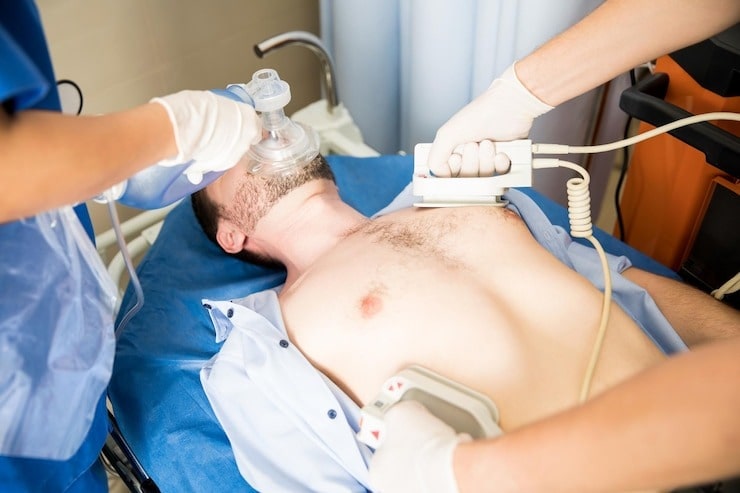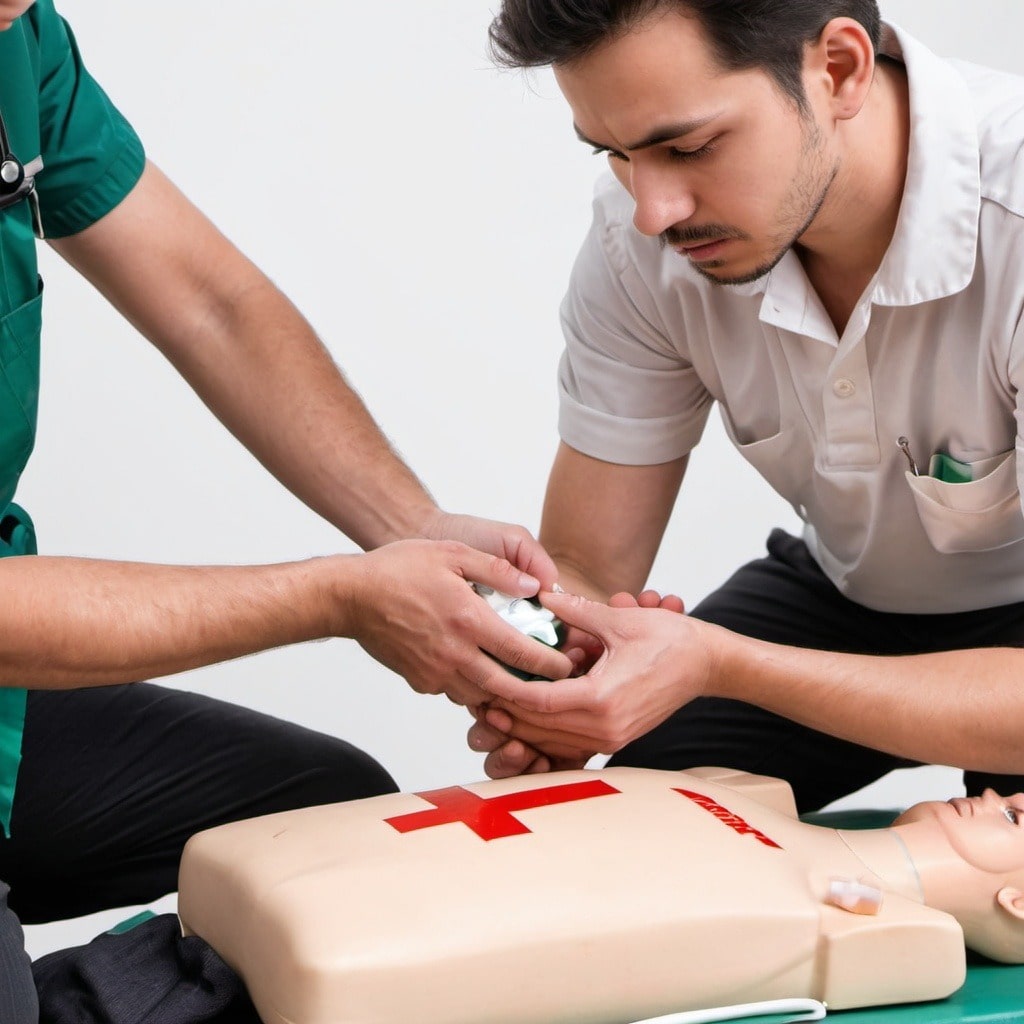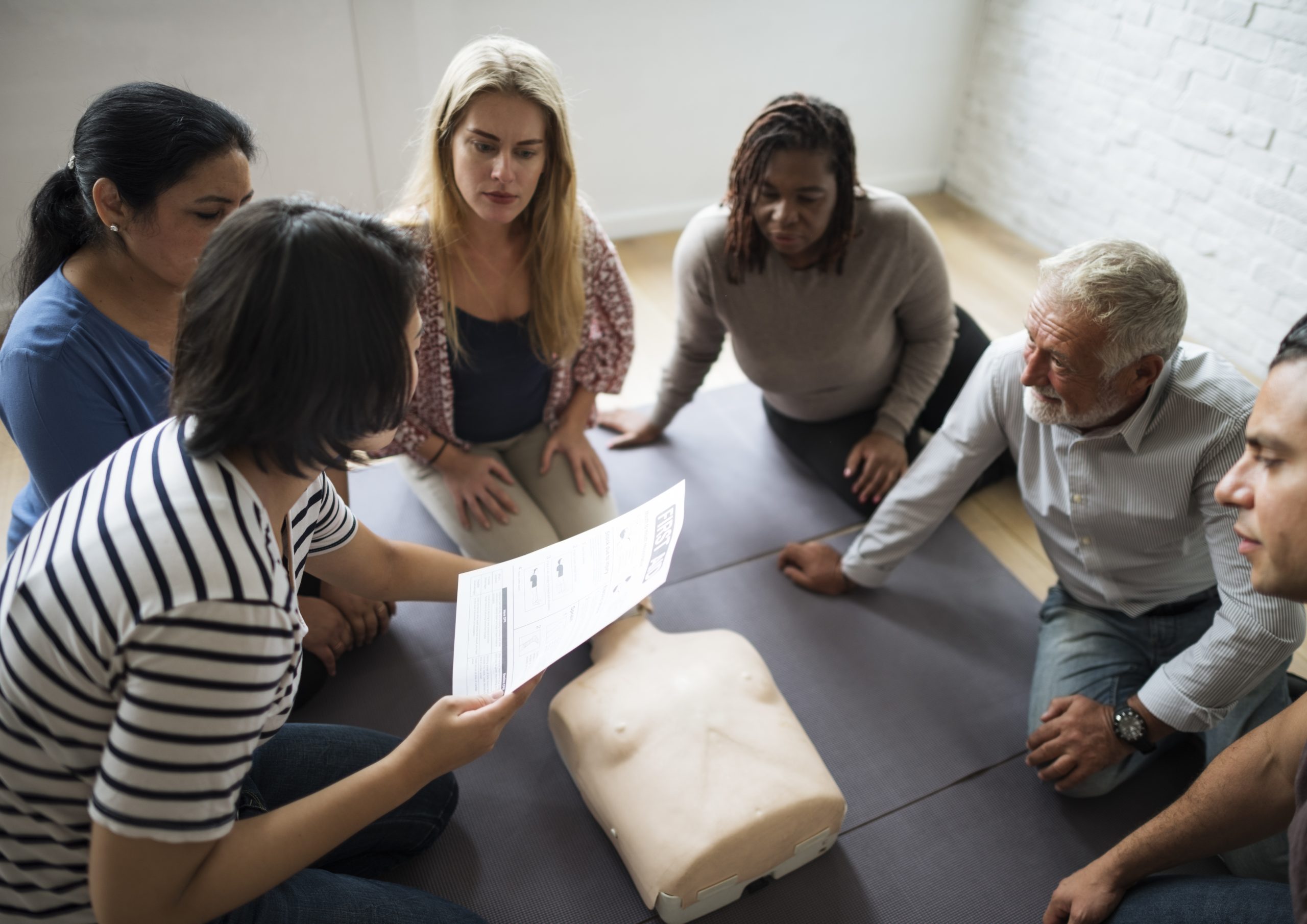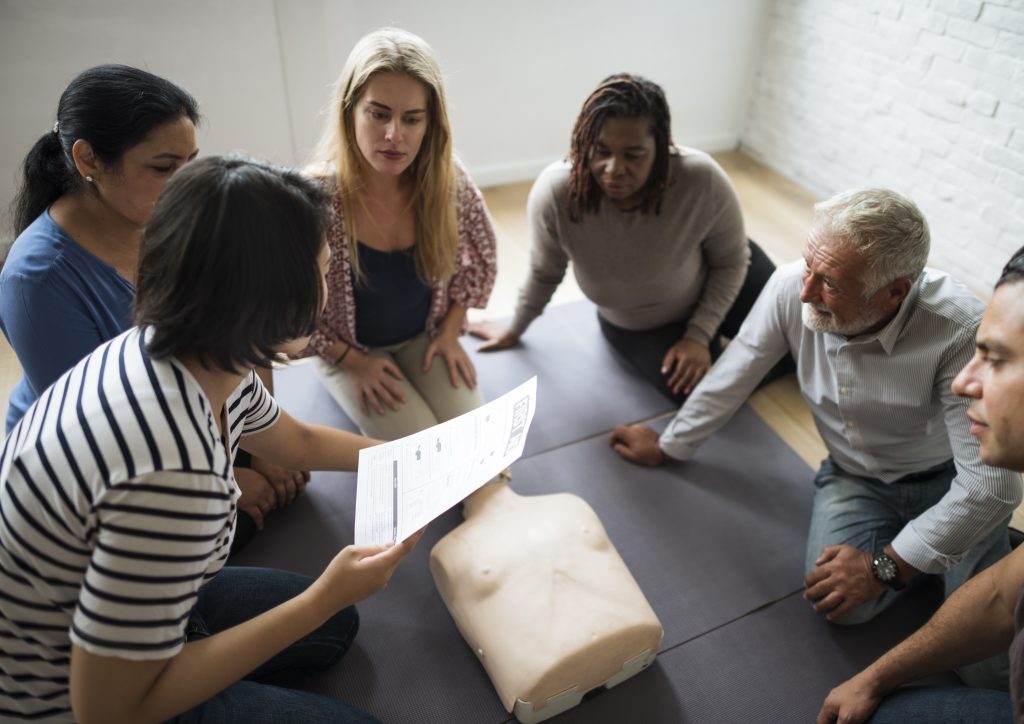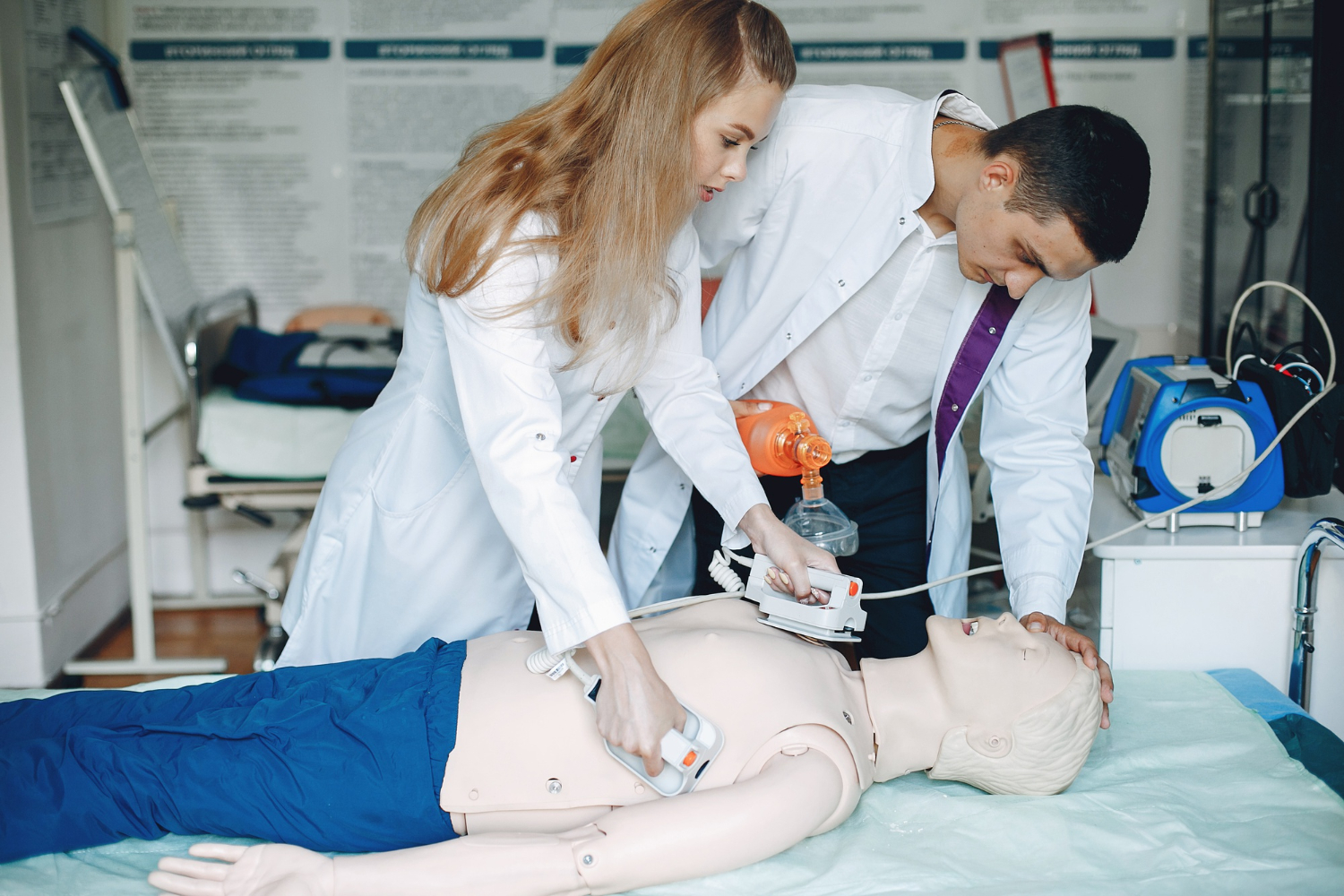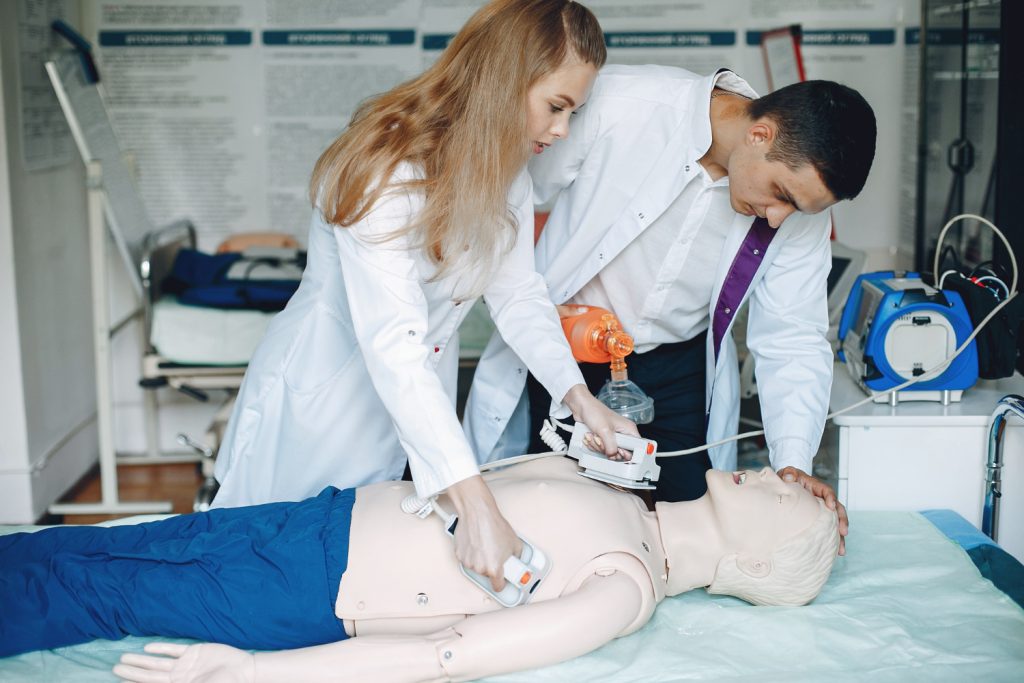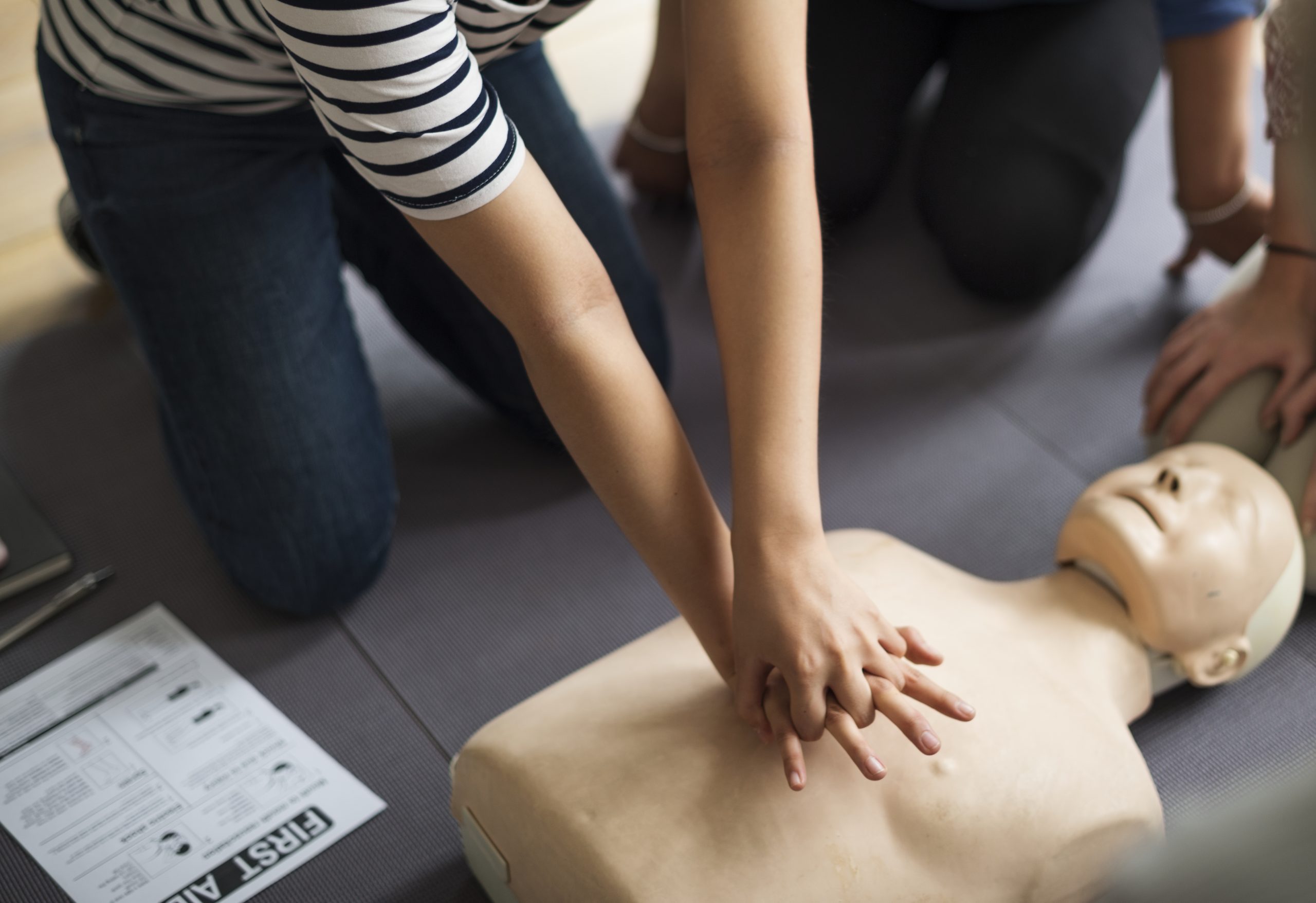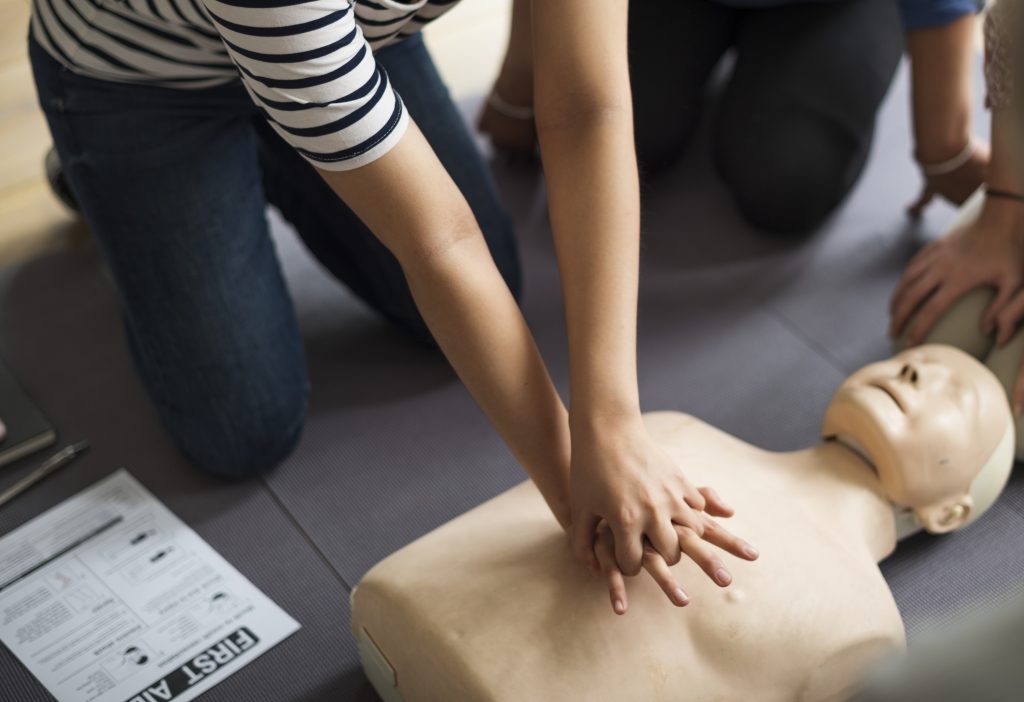How To Get a CPR Certification in Austin

How To Get a CPR Certification in Austin

Being CPR certified equips you with the crucial skills to potentially save a life during a cardiac emergency. Whether you’re a healthcare professional, parent, or simply someone who wants to be prepared, obtaining CPR certification in Austin is a worthwhile endeavor. This comprehensive guide will walk you through the process, navigating various options, and answering essential questions.
Understanding CPR Certification Options in Austin
Before embarking on your CPR certification journey, it’s vital to understand the different types of courses available. Here’s a breakdown of the commonly offered options in Austin:
Basic Life Support (BLS):
The cornerstone of CPR training, BLS equips individuals with the fundamental skills to respond to cardiac emergencies in adults, children, and infants. This widely recognized certification is ideal for anyone seeking to be prepared, regardless of prior medical experience. It encompasses chest compressions, rescue breaths, and the proper use of Automated External Defibrillators (AEDs) – portable devices that can deliver an electrical shock to restore a normal heart rhythm during cardiac arrest. BLS certification typically lasts for two years, with renewal courses available to maintain proficiency.
Healthcare Provider CPR (BLS):
Building upon the foundation of BLS, this advanced certification caters specifically to healthcare professionals and individuals working in medical settings. It delves deeper into critical skills necessary for effective resuscitation in such environments. Participants refine their BLS techniques while learning advanced maneuvers like two-rescuer CPR, which involves coordinated chest compressions and ventilation between rescuers. Additionally, they gain proficiency in using bag-mask ventilation devices to deliver oxygen to patients struggling to breathe effectively. The increased complexity of these skills necessitates more comprehensive training, often lasting longer than basic BLS courses, and may require periodic skills check-offs to ensure continued competency.
Heart Saver CPR/AED:
Designed for individuals seeking essential skills without requiring in-depth knowledge, HeartSaver CPR/AED equips participants with the fundamentals of adult and child CPR and AED use. This streamlined course is often shorter and more affordable than comprehensive BLS training, making it accessible to a broader audience. While not intended for professional settings, it empowers individuals to intervene effectively in common emergencies until professional help arrives. HeartSaver certifications typically last for two years, with recertification courses available to maintain proficiency.
CPR/First Aid Combination Courses:
Recognizing that emergencies often involve situations beyond cardiac arrest, many providers offer combined CPR and first aid training. This comprehensive approach empowers individuals not only to respond to cardiac emergencies but also to manage various injuries and medical situations like bleeding, choking, and allergic reactions until professional medical assistance arrives. By combining these crucial skillsets, participants gain a well-rounded understanding of emergency preparedness, allowing them to act confidently in diverse situations. The duration and cost of combined courses can vary depending on the specific content covered and the training provider.
Choosing the Right CPR Training Provider in Austin
Navigating the landscape of CPR training providers in Austin can feel overwhelming. Fortunately, by carefully considering key factors, you can select the ideal program to equip yourself with life-saving skills. Here’s a detailed breakdown to guide your decision-making process:
1. Prioritize Accreditation and Reputation:
- Seek reputable organizations with valid accreditation from established bodies like the American Heart Association (AHA) or the American Red Cross. Accreditation signifies that the provider adheres to rigorous standards, ensuring you receive high-quality instruction based on the latest CPR guidelines.
- Research the provider’s reputation through online reviews, testimonials, and industry recognition. Look for consistently positive feedback regarding instructor expertise, course quality, and overall learning experience.
2. Identify Your Preferred Training Modality:
- In-person classes: This traditional approach offers classroom instruction combined with hands-on practice under the direct guidance of a certified instructor. The interactive environment facilitates personalized learning and immediate feedback from the instructor. This option is ideal for individuals who thrive in collaborative learning settings and appreciate real-time practical experience.
- Blended learning: This approach combines the flexibility of online modules with the essential element of in-person skills sessions. Participants can learn theoretical concepts at their own pace through online modules, followed by instructor-led sessions to practice and refine CPR techniques. This is a suitable option for individuals who value online convenience but still desire practical application and instructor interaction.
- Online-only courses: While appealing for their convenience and accessibility, online-only courses generally don’t fulfill the hands-on skill demonstration requirement for official CPR certification. These courses might be suitable for individuals seeking basic CPR awareness, but they cannot replace the hands-on training and certification essential for effective intervention in real-life emergencies.
3. Evaluate Cost and Convenience:
- Compare pricing and course duration among different providers. Consider the value proposition, ensuring the cost aligns with the program’s quality, accreditation, and duration.
- Factor in your budget and time constraints. Look for programs offering flexible scheduling options, including evenings and weekends, to accommodate busy schedules. Choose a location conveniently situated, minimizing travel time and maximizing accessibility.
4. Consider Additional Factors:
- Class size: Smaller class sizes typically allow for more personalized attention from the instructor, facilitating deeper understanding and individualized feedback during practice sessions.
- Instructor qualifications: Research the instructors’ credentials and experience to ensure they possess valid certifications and demonstrate expertise in CPR training.
- Renewal requirements: Understand the renewal process and frequency associated with your chosen certification. This information helps you plan for ongoing training and maintain your CPR proficiency throughout your certification period.
Finding and Enrolling in a CPR Training Course in Austin
Finding and enrolling in a CPR training course in Austin has never been easier. With CPR Classes Near Me Austin, you can access high-quality training that prepares you to respond effectively in emergency situations.
- Explore Course Options: Start by exploring the range of CPR training courses offered by CPR Classes Near Me Austin. Whether you’re looking for basic CPR certification or advanced training, we have options to suit your needs.
- Check Schedule and Availability: Check our schedule to find a training session that fits your calendar. We offer flexible timing options to accommodate busy schedules, including weekday, weekend, and evening classes.
- Register Online: Once you’ve found a course that works for you, simply register online through our website. Our registration process is quick and straightforward, allowing you to secure your spot with ease.
- Prepare for Training: Prior to your CPR training course, take some time to familiarize yourself with the course materials and any pre-requisites. Be sure to arrive on time and ready to participate in hands-on learning.
- Attend Training Session: On the day of your training, come prepared to learn and engage with our experienced instructors. Our classes are interactive and informative, providing you with the skills and knowledge you need to perform CPR confidently.
- Receive Certification: Upon successful completion of the course, you’ll receive a CPR certification that is valid for a set period. This certification demonstrates your proficiency in CPR techniques and your readiness to assist in emergency situations.
- Stay Updated: CPR guidelines and techniques may evolve over time, so it’s important to stay updated on the latest practices. Consider refreshing your CPR certification periodically to ensure you’re equipped with the most current skills and knowledge.
Frequently Asked Questions (FAQs)
How much does CPR certification cost in Austin?
The cost of CPR certification in Austin varies depending on the type of certification, training provider, course duration, and format. Generally, expect a range of:
- BLS: $50 – $100
- HeartSaver CPR/AED: $30 – $75
- Healthcare Provider CPR: $75 – $125
Where can I find CPR training resources in Austin?
Numerous reputable organizations offer CPR training in Austin. You can search online directories maintained by the American Heart Association (AHA) or the American Red Cross to locate accredited providers in your area. Additionally, many hospitals, community centers, and workplaces offer CPR training programs.
What should I wear to my CPR training class?
Dress comfortably in loose-fitting clothing that allows for easy movement and facilitates participation in practical exercises, such as kneeling on the floor and practicing CPR compressions on manikins.
Conclusion
Acquiring CPR certification in Austin equips you with valuable knowledge and skills that can make a critical difference in an emergency. By understanding the various options, choosing the right training provider, and following these helpful tips, you can confidently embark on your journey to become CPR certified and be prepared to potentially save a life.
AHA BLS CPR & AED Classes
About Author:
admin
Recent Posts
- Need American Heart Association CPR in Austin? Get Certified Today!
- Beyond the Beltway: Why Arlington Parents are Heading to Virginia Beach for Infant CPR
- Top 5 Reasons to Get CPR Certified in Columbus, OH Today
- How to Get CPR Certified in Columbus, OH: Step-by-Step Guide
- What Is CPR Certification and Who Needs It in Columbus, OH?



